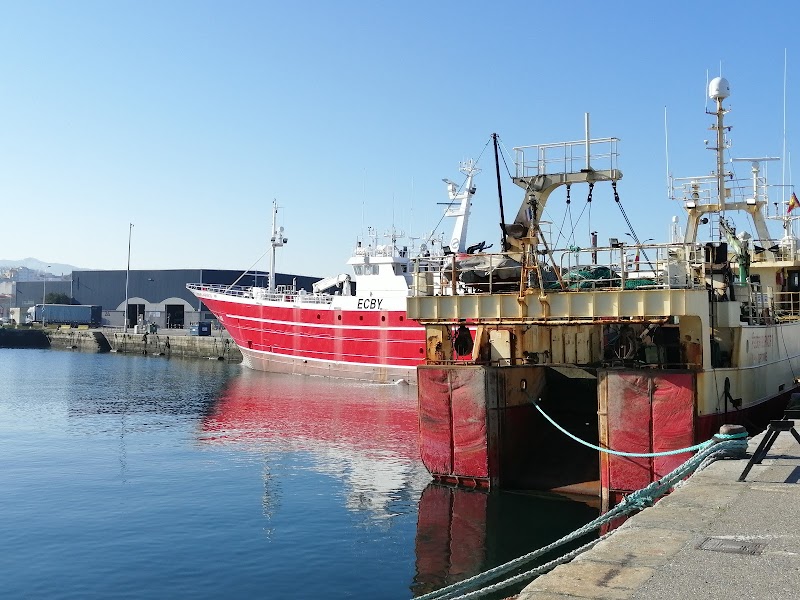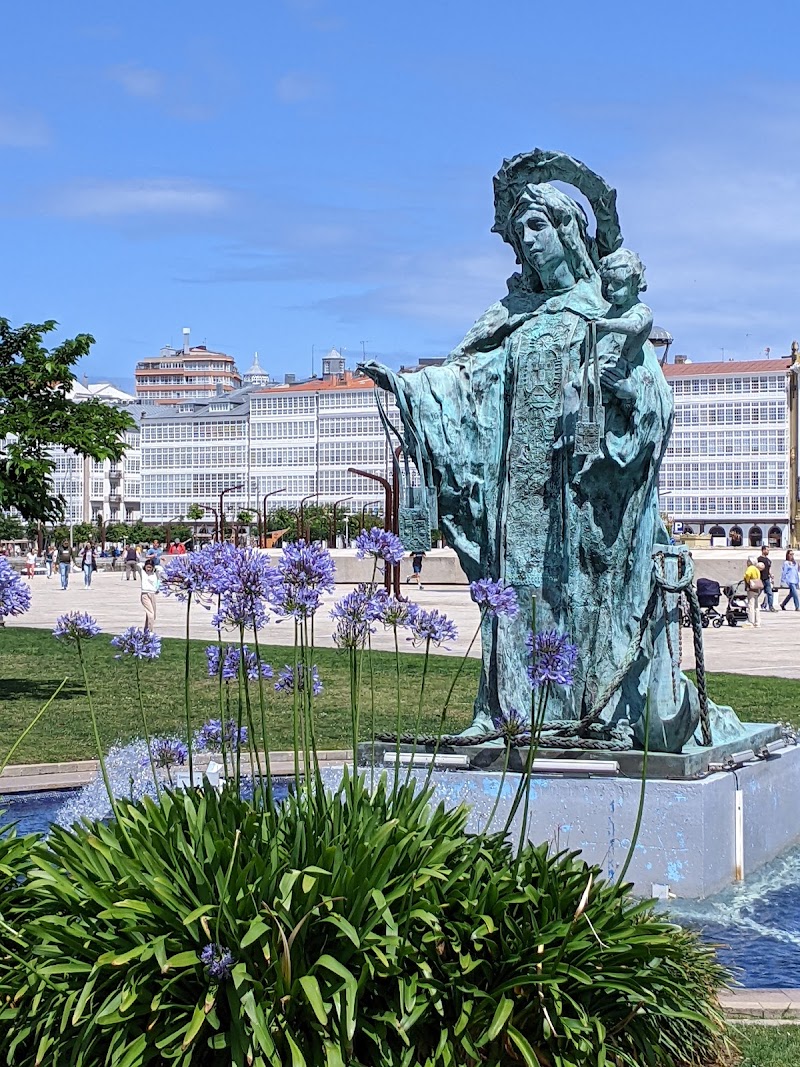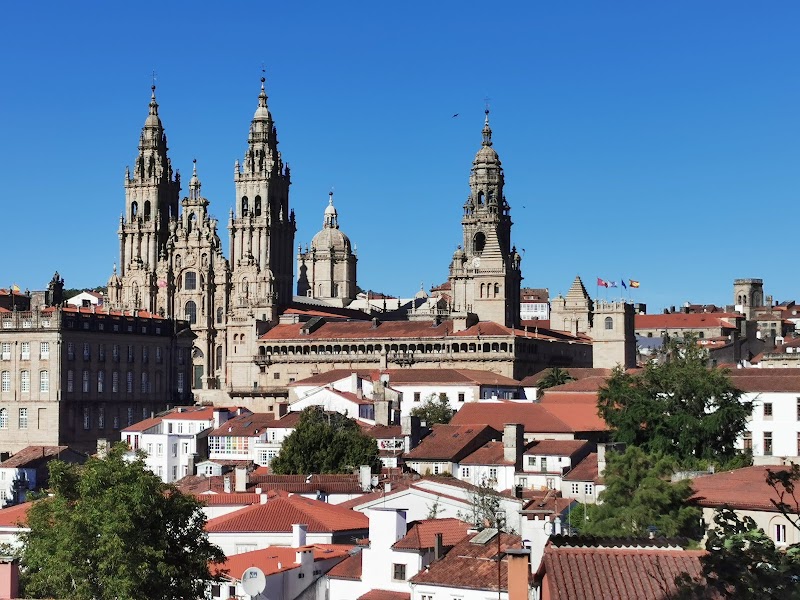Welcome to Galicia: A Land of Mystical Beauty and Timeless Charm
Picture a destination where rugged coastlines meet lush landscapes, where age-old villages tell stories of a time gone by, and where the scent of the ocean combines with the tantalizing aroma of mouth-watering cuisine. Welcome to Galicia, an undiscovered gem in the northwestern corner of Spain, where every nook and cranny reveals a fascinating story. From the remarkable Cathedral of Santiago de Compostela to the stunning Cíes Islands, Galicia is a rich tapestry of experiences appealing to every type of traveler. Whether you're a history enthusiast, a lover of nature, or a gastronome, our comprehensive guide will help you uncover the unique blend of history, culture, and natural beauty that is Galicia.
Unveiling Our Comprehensive Tourist Map of Galicia
For a truly immersive Galician experience, we have carefully curated a detailed tourist map to guide your explorations. The map is segmented into various layers that encapsulate the diverse facets of Galicia - the captivating cities, charming towns, majestic monuments, world-class museums, tranquil beaches, and enthralling tourist activities. Each point on the map is enriched with a thorough description, estimated visit time, budget, and recommendations from fellow travelers, providing a holistic overview of each site. The best part? You can download this map onto your mobile device, making it your trustworthy companion on your Galician adventure. Let's embark on this journey together and discover the true spirit of Galicia.
Maximize Your Galicia Experience with Our Interactive Map
Setting off on a journey to Galicia is like stepping into a beautifully illustrated storybook. The magic of this journey is significantly enhanced when you have a comprehensive guide - our interactive tourist map - that visually captures all nearby attractions. Whether you're discovering the allure of La Coruña, or immersing yourself in the cultural richness of Pontevedra, with this map, you're just a tap away from your next adventure. For instance, after visiting the majestic Tower of Hercules in La Coruña, open the map on your mobile, and you'll see all the nearby attractions that can continue your tour.
The map is organized into different layers - museums, monuments, cities, beaches, etc., simplifying your planning process. Each layer is a specially tailored guide that helps you create your own route, depending on your preferences. For instance, if you're in northern Galicia, you can arrange the points appearing on the map in route layers and calculate the travel time from one point to another, enabling better planning with the provided estimated visit times. With our interactive tourist map, your Galician trip becomes a seamless blend of spontaneous discoveries and meticulous planning.
Experience the Magic of Galicia
Galicia is home to a myriad of iconic places, each one steeped in cultural and historical significance. From the ancient Roman Walls of Lugo to the peaceful beaches of Costa da Morte, each site exemplifies Galicia's rich heritage. As you journey through these landmarks, you don't just visit places, but also journey through centuries, experiencing the myriad stories these places have to tell.
Iconic Places and Their Cultural Significance
Begin your journey at the Santiago de Compostela, the final destination of the legendary Camino de Santiago pilgrimage route. The monumental Santiago de Compostela Cathedral is not just a religious site, but a symbol of Galicia's historical and architectural majesty. On the western coast, don't miss the Tower of Hercules, the world's only working Roman lighthouse, standing as a beacon of Galicia's ancient maritime history.
Unique and Authentic Experiences
Galicia offers experiences that are as unique as they are authentic. Relish a traditional Galician meal at a furancho - small, family-run establishments that serve home-made wine and food. Explore the magical forests of Galicia, like the Fragas do Eume, one of the best-preserved Atlantic coastal forests in Europe. And, don't forget to take a rejuvenating dip in the thermal baths of Ourense, a gift of nature to this beautiful region.
Connections Between Points of Interest
Our interactive map not only guides you to individual destinations but also shows the connections between them. By understanding these connections, you can curate a journey that weaves together different themes - history, nature, gastronomy, and more. For instance, after a visit to the Santiago de Compostela Cathedral, a short drive will take you to the quaint port city of Vigo, where you can savor the freshest seafood right by the sea.
Practical Information for a Seamless Journey
Each point on our map comes with practical information to ensure a seamless travel experience. From the best times to visit each place to local tips and connections between points of interest - everything you need for a memorable Galician adventure is at your fingertips. So whether you're exploring the wild beauty of the Cíes Islands or delving into the ancient history at the Castro de Santa Trega, our map ensures your experience is unparalleled.

Booking.com
Practicalities to Consider When Visiting Galicia
Weather Guide to Galicia's Beaches
Galicia is famed for its stunning coastline, with over 700 beaches to choose from. The ideal time to visit these beaches is during the summer months, from June to September, when the weather is warm and the sea is calm. The pristine white sands of the Cíes Islands are a must-visit, but do remember that access is regulated to protect the environment. Therefore, ensure to book your tickets in advance, especially during the peak tourist season. For a quieter beach experience, consider visiting the lesser-known but equally beautiful beaches of Carnota or Laxe.
Exploring Galicia's Historical Monuments
Galicia is steeped in history, with numerous monuments and ancient sites awaiting exploration. Most monuments, including the famous Santiago de Compostela Cathedral and the Roman Walls of Lugo, open around 10am and close by 8pm. However, it's advisable to check the official websites for the most accurate and up-to-date information. Also, remember that many of these sites are popular with tourists, so try to visit early in the morning or late in the afternoon to avoid crowds. And don't forget, Tuesdays are typically the busiest days at monuments, as many museums in Galicia are closed on this day.
Experiencing the Rustic Charm of Galicia
Galicia's inland region is a picturesque montage of rolling hills, green valleys, and charming stone villages, offering a peaceful retreat from the bustling coastal cities. When venturing into these rural areas, it's best to have a car, as public transportation can be limited. Note that many rural establishments, including furanchos, may not accept credit cards, so always carry cash. Additionally, if you're planning a hiking trip through the lush Galician forests, ensure you're equipped with sturdy shoes, rainproof clothing, and a map or GPS device, as the weather can be unpredictable and some trails may not be well marked.

Frequently Asked Questions (FAQs)
1. What is the best time to embark on the Camino de Santiago pilgrimage route?
The Camino de Santiago is open throughout the year, however, most pilgrims prefer the period between April and October. Spring and autumn offer milder weather, fewer crowds, and the beautiful landscape of Galicia in full bloom or vibrant fall colors. It's essential to remember that Galicia can be rainy, so always pack appropriate gear.
2. Which Galician beaches are best for surfing?
Galicia, with its rugged coastline, is a surfer's paradise. Pantín Beach in Ferrol, Doniños Beach in A Coruña, and Traba Beach in Laxe are known for consistent waves and are popular among the surfing community. Remember to check the local weather and tide forecast before heading out.
3. Can you recommend any unique gastronomic experiences in Galicia?
Indeed! Galicia is renowned for its culinary richness. Visiting a furancho - small family-run establishments serving homemade wine and food - is a must for any food enthusiast. Also, don't miss the opportunity to attend a traditional Galician 'romería', a rural festivity offering local delicacies. In Vigo, try the famous 'oyster street,' where you can taste fresh oysters accompanied by a glass of local wine.
4. What are the transportation options within Galicia?
Galicia is well-connected by a network of trains and buses. RENFE operates the rail services, while various bus companies like Monbus and ALSA serve different regions of Galicia. For more flexibility, you can also consider renting a car. If you're planning to visit the Cíes Islands, you'll need to take a ferry from Vigo, Cangas, or Baiona.
5. What are the accommodation options in Galicia?
Galicia offers a wide range of accommodation options to suit all budgets. From luxury hotels in cities like Santiago de Compostela, to charming rural houses ('casas rurales'), and budget-friendly hostels and pensions. For a unique experience, consider staying in a 'pazo', traditional Galician manor houses, some of which have been converted into exquisite hotels.
6. Which area should I stay in for the best access to major attractions?
If you're planning to cover major attractions like the Santiago de Compostela Cathedral, the Tower of Hercules, and the Cíes Islands, staying in Santiago de Compostela or A Coruña would be ideal. These cities provide excellent transport links to other parts of Galicia, making them convenient bases for exploration. For beach lovers, towns like Sanxenxo and Baiona offer beautiful coastal accommodations.

